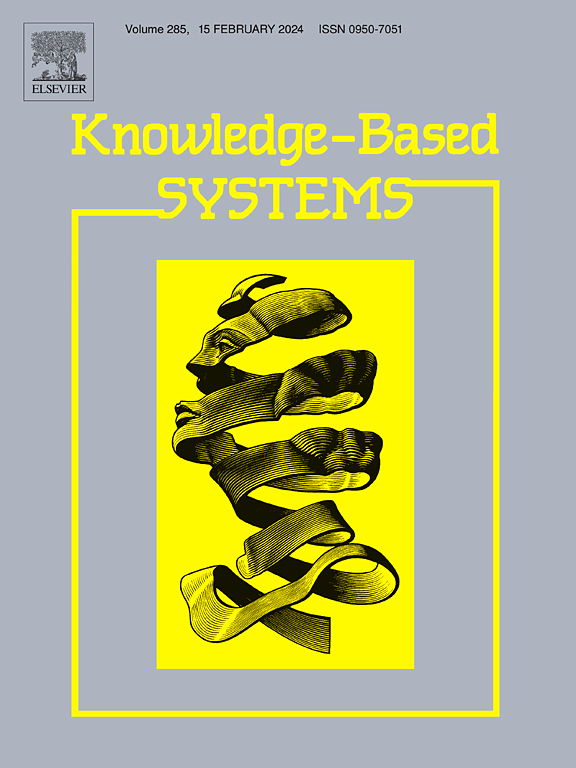像素级精度的自动抓取标记和检测框架
IF 7.2
1区 计算机科学
Q1 COMPUTER SCIENCE, ARTIFICIAL INTELLIGENCE
引用次数: 0
摘要
由于物体在形状、材料和颜色上的差异,机器人平面抓取的检测仍然具有挑战性。传统方法依赖于离散的抓取配置进行标注,忽略了许多可能的抓取配置。这导致网络泛化能力差,使其难以处理各种抓取对象。手动重新标注连续标签可有效解决这一问题,但成本高昂。因此,本文提出了像素级抓取框架。首先,APGLG 可以自动生成像素级抓取标签,并将离散标签转化为连续标签,有效增加了单个数据的信息含量,提高了网络泛化性能。然后,我们提出了基于多轴视觉变换器和动态卷积分解的 Max-Grasp 网络,构建了 U 型网络结构。我们还加入了抓取解码器,并应用深度监督来增强网络泛化能力。在康奈尔数据集上,我们取得了最好的结果,抓取准确率达到 99.55%,单物体抓取平均成功率为 97.92%,多物体抓取平均成功率为 95.83%。我们通过实际抓取实验验证了标签生成算法和网络创新的有效性。本文章由计算机程序翻译,如有差异,请以英文原文为准。
Automated grasp labeling and detection framework with pixel-level precision
Due to the differences in shape, material, and color of objects, the detection of planar grasps by robots remains challenging. Traditional methods rely on discrete grasp configurations for annotation, ignoring many possible grasp configurations. This leads to poor network generalization, making it challenging to handle a diverse range of grasped objects. Manual reannotation to continuous labels can effectively address this issue but comes with a significant cost. Therefore, this paper proposes a Pixel-level Grasp framework. Firstly, APGLG can automatically generate pixel-level grasp labels and discrete labels into continuous labels, effectively increasing the information content of individual data and improving the network generalization performance. Then, we propose the Max-Grasp-Net, built on the Multi-axis Vision Transformer and Dynamic Convolution Decomposition, to construct a U-shaped Network structure. A grasp decoder is incorporated, and deep supervision is applied to enhance network generalization. On the Cornell dataset, we achieve the best results, a grasping accuracy of 99.55%, an average success rate of 97.92% in single-object grasping, and 95.83% in multi-object grasping. We verified the effectiveness of our label generation algorithms and network innovation through actual grasp experiments.
求助全文
通过发布文献求助,成功后即可免费获取论文全文。
去求助
来源期刊

Knowledge-Based Systems
工程技术-计算机:人工智能
CiteScore
14.80
自引率
12.50%
发文量
1245
审稿时长
7.8 months
期刊介绍:
Knowledge-Based Systems, an international and interdisciplinary journal in artificial intelligence, publishes original, innovative, and creative research results in the field. It focuses on knowledge-based and other artificial intelligence techniques-based systems. The journal aims to support human prediction and decision-making through data science and computation techniques, provide a balanced coverage of theory and practical study, and encourage the development and implementation of knowledge-based intelligence models, methods, systems, and software tools. Applications in business, government, education, engineering, and healthcare are emphasized.
 求助内容:
求助内容: 应助结果提醒方式:
应助结果提醒方式:


